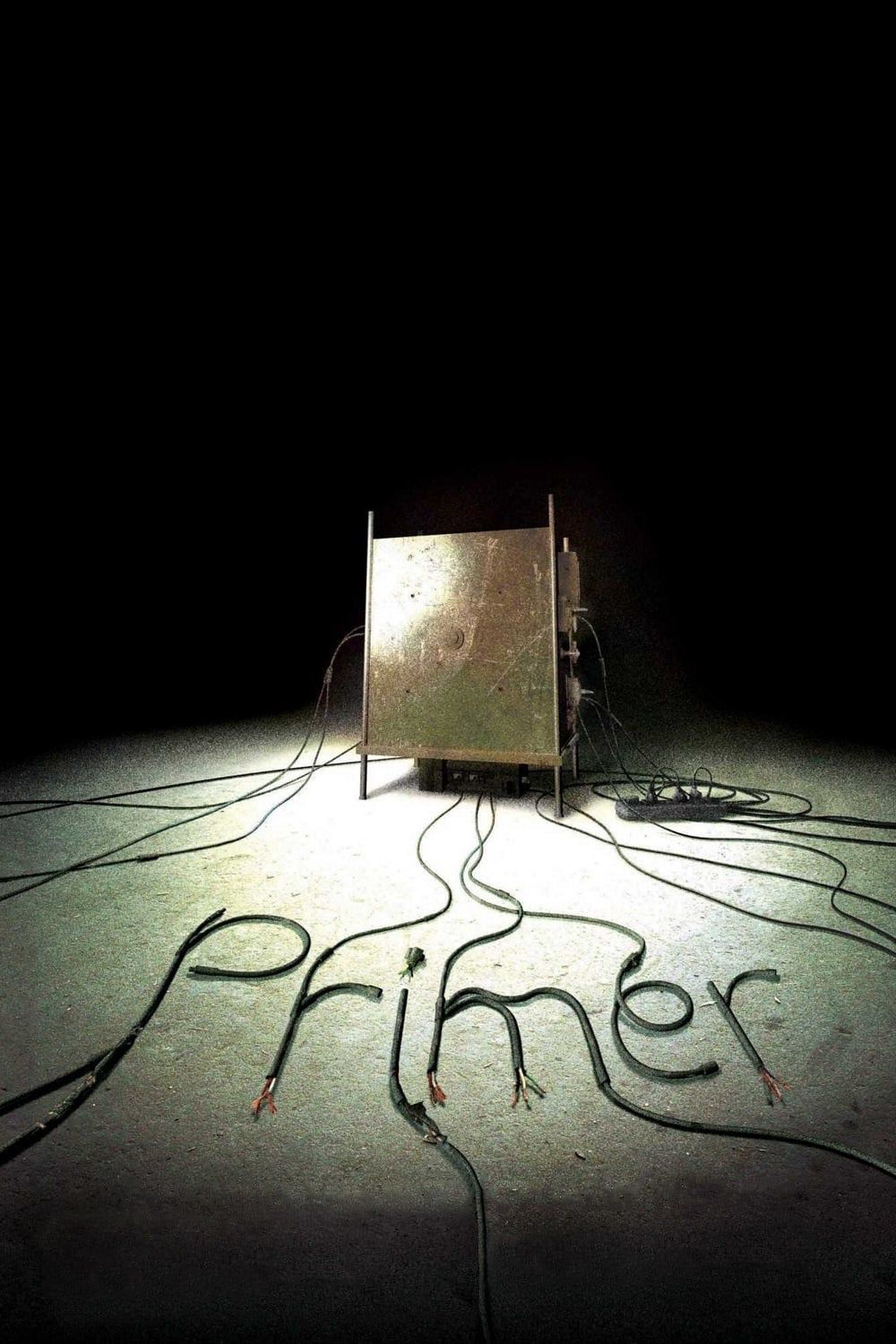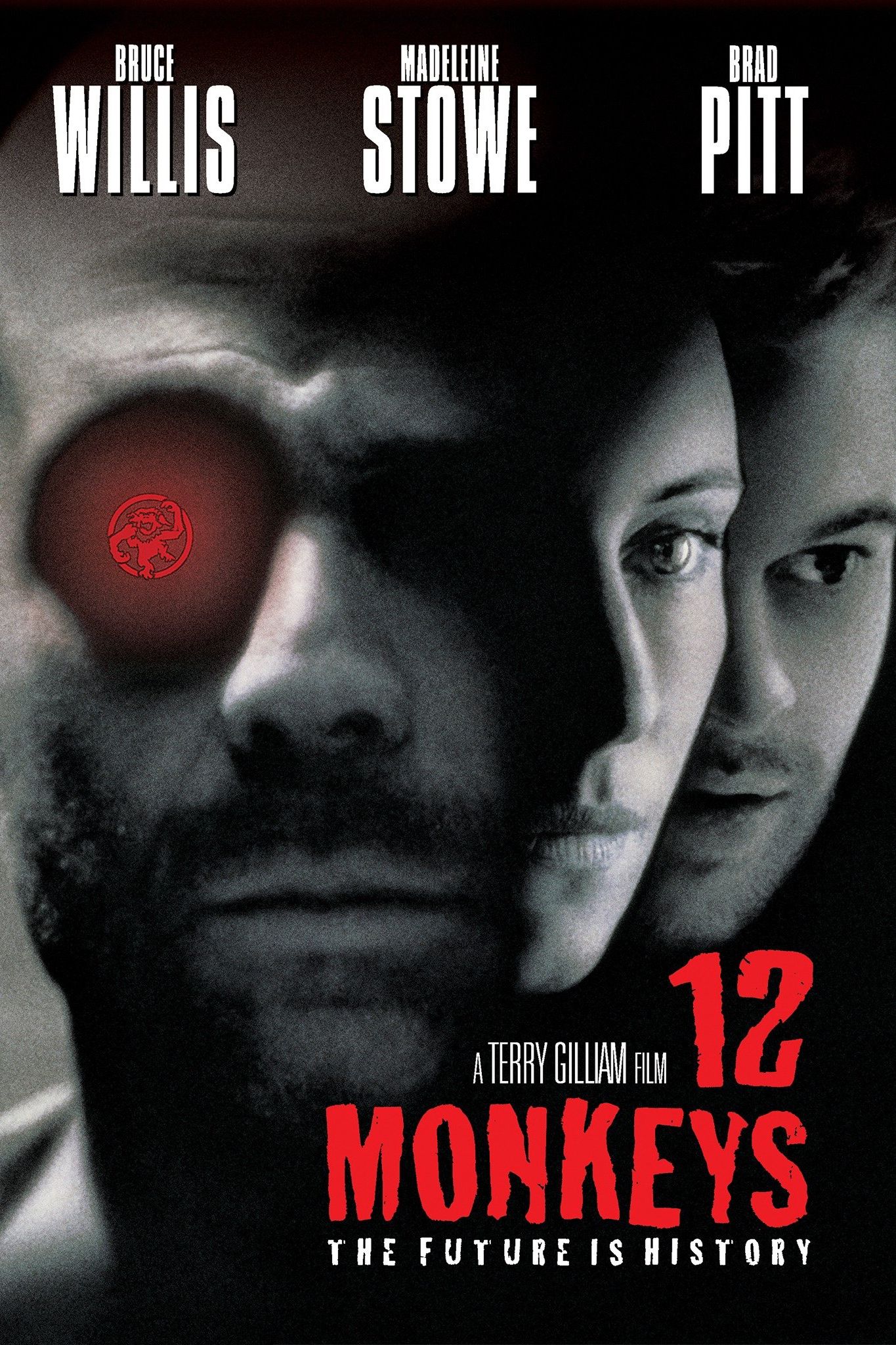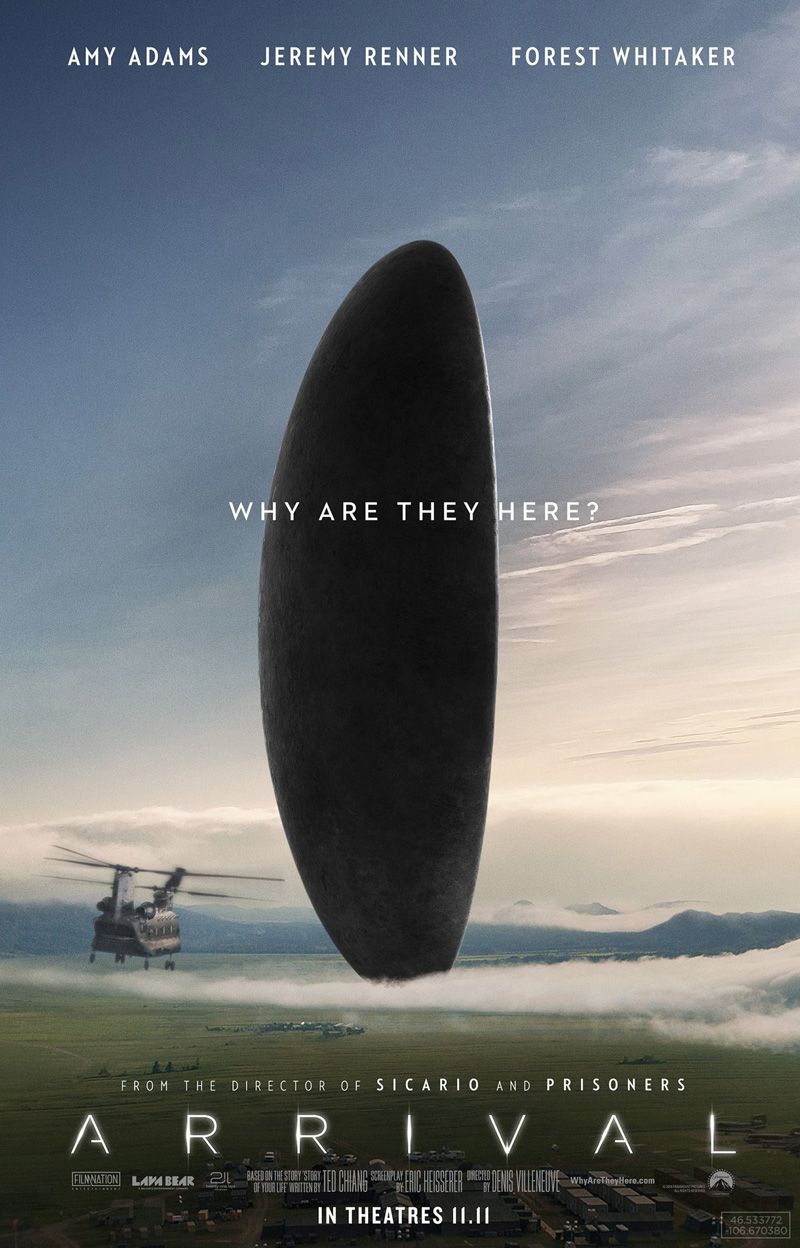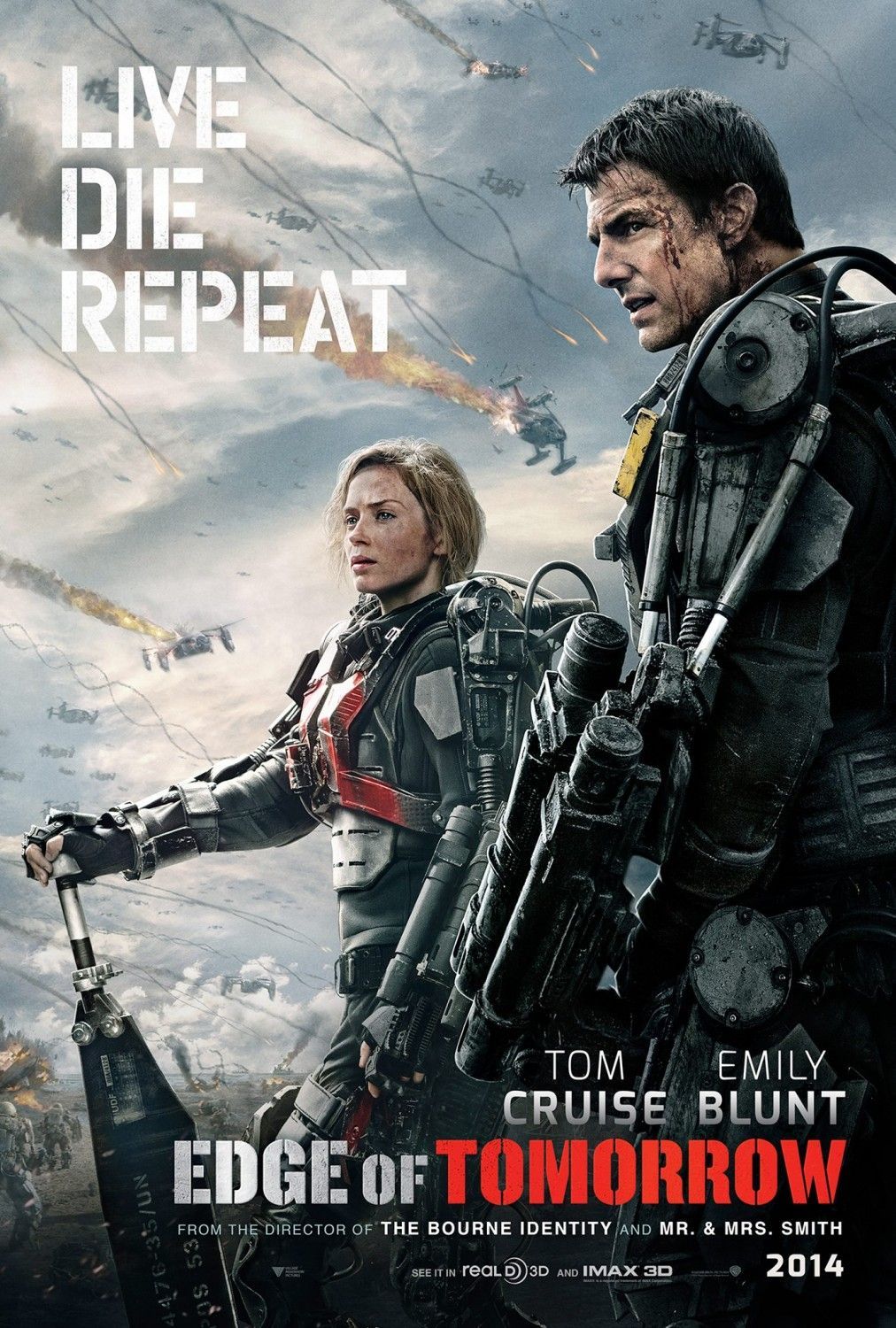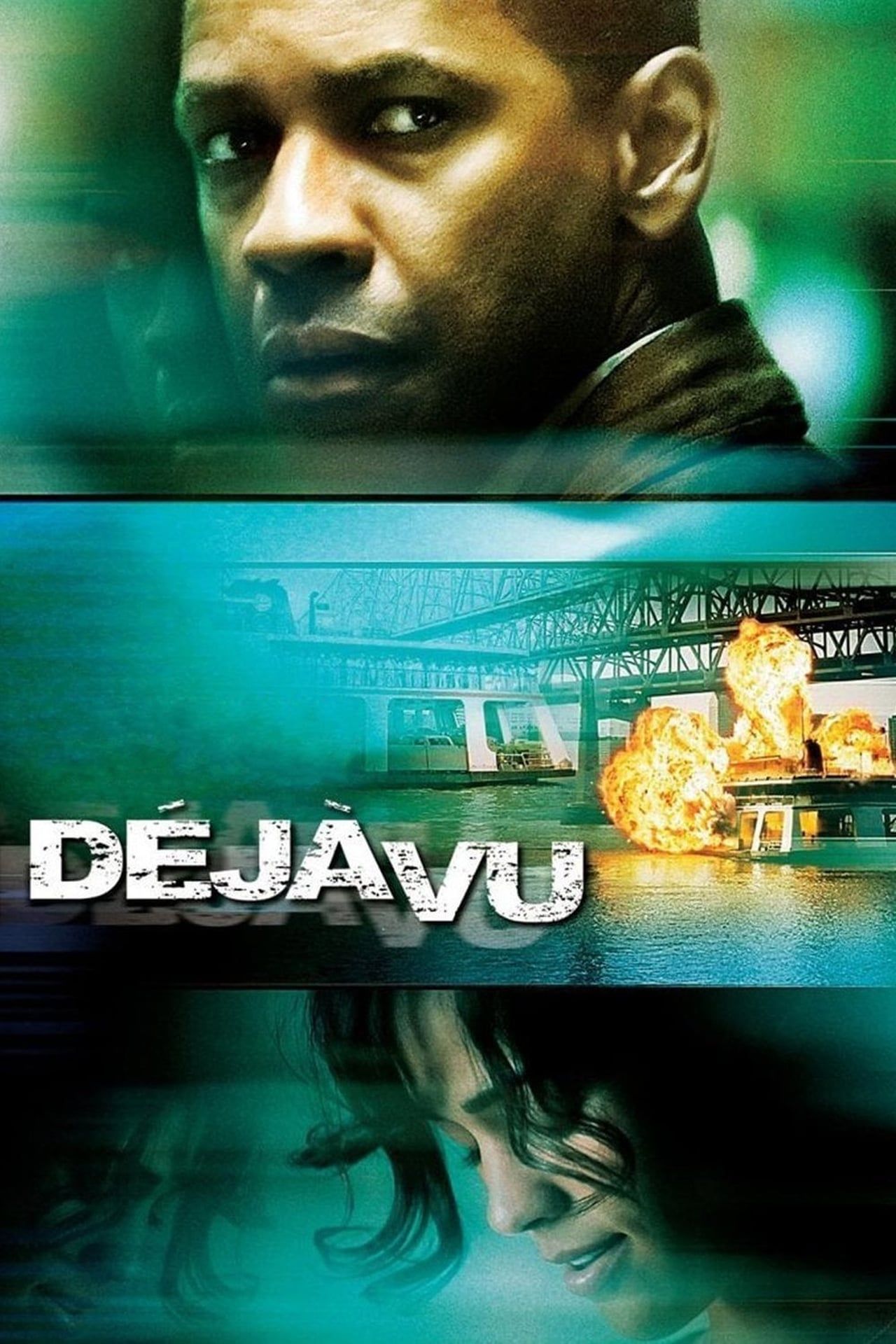Time travel movies have captivated audiences since the early days of science-fiction, with filmmakers crafting increasingly elaborate ways to send their characters through time. Many rely on pure fantasy, with films such as Terminator giving us naked time-traveling Arnold, but some directors have embraced the challenge of grounding their adventures in real scientific possibilities. From Einstein’s theory of relativity to quantum mechanics, these films draw from actual physics to create their frameworks for time travel.
When filmmakers collaborate with scientists, study physics, or commit to logical consistency to create their time travel rules, they create stories that feel more engaging, precisely because they could theoretically be possible. Rather than using time travel as a convenient plot device, these narratives embrace scientific principles as creative constraints. They prove that working within real-world frameworks can enhance rather than limit storytelling potential.
10 Interstellar (2014)
This Little Maneuver’s Gonna Cost Us 51 Years
What sets 2014’s Interstellar apart is its commitment to Einstein’s theory of relativity as more than just window dressing. While many sci-fi films treat time dilation as a convenient plot device, this space epic builds its entire narrative around its real implications. Through consultation with physicist Kip Thorne, the film demonstrates how gravity literally bends time, creating a framework where every decision could have huge time consequences.
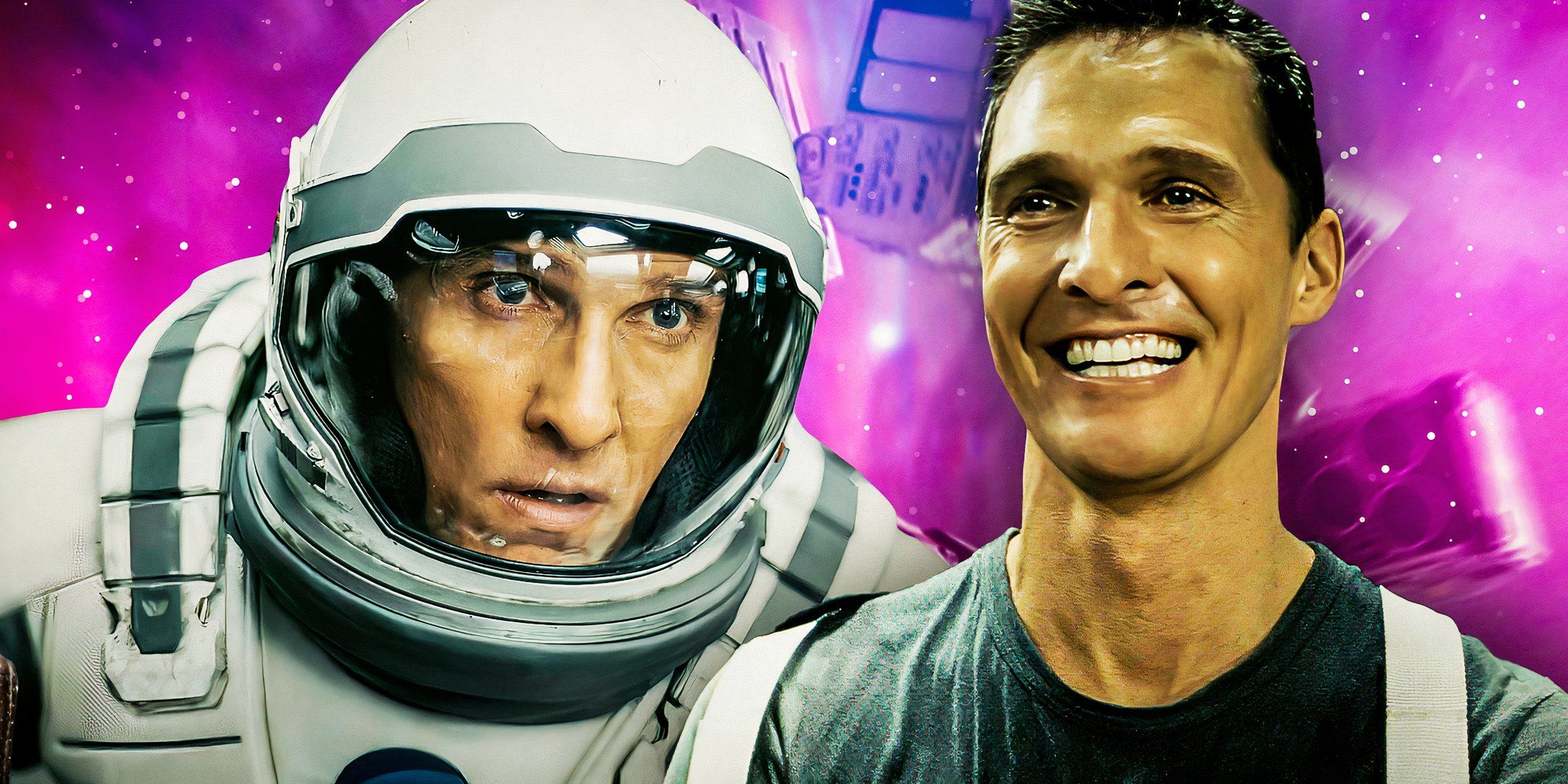
Related
10 Things I Learned Rewatching Interstellar 10 Years After Christopher Nolan’s Space Movie Came Out
Interstellar has just turned 10 years old, and here are 10 new things that I learned upon rewatching Christopher Nolan’s sci-fi epic in 2024.
The scientific approach elevates Christopher Nolan’s storytelling by making it feel more serious and grounded than movies like Back to the Future. The film uniquely combines three scientific principles: gravitational time dilation near massive objects, the mathematical relationship between time and gravitational force, and the theoretical physics of higher dimensions. By treating these concepts as fundamental laws, Interstellar creates almost unbearable tension throughout its run.
9 Primer (2004)
A Faulty Machine Causes A Mess
In Primer, two engineers working on gadgets in their garage stumble onto something impossible: a time machine. Instead of using it to calculate lottery numbers or fix past mistakes, Aaron and Abe approach their discovery like the engineers they are. The pair runs tests, takes notes, and tries to figure out exactly how their machine works. The result is a story where time travel isn’t as simple as pushing a button and appearing in the past.
Primer is special not only because it continues to confuse its audiences, but also because it treats its time travel device like real technology with limitations. The machine needs power and has physical constraints. As Aaron and Abe create more timeline copies of themselves, things get messier and more complicated. Primer is a challenging film to follow, but that complexity feels earned; messing with time shouldn’t be simple.
8 Time Crimes (2007)
You Can’t Change The Past
Spanish thriller Time Crimes takes a seemingly simple time loop story and turns it into a perfect puzzle where every piece fits exactly right. When Héctor investigates something strange he sees through his binoculars, he gets caught up in a series of events where multiple versions of himself try to ensure things happen exactly as they remember. Instead of trying to change the past, he must ensure it stays the same.
What’s clever about Time Crimes is that it never breaks its own rules. Everything that happens was always going to happen; there’s no changing the past or creating new timelines. Each version of Héctor has to do specific things to keep the loop stable, creating a tense thriller in which the main character becomes his own worst enemy.
7 12 Monkeys (1996)
Time Is Fixed
In 12 Monkeys, Bruce Willis plays James Cole, a time traveler sent back from a virus-ravaged future to prevent the apocalypse. But unlike most change-the-past stories, 12 Monkeys suggests that time is fixed — whatever happened, happened. As Cole jumps between the past and the future, he realizes he might be caught in events that can’t be changed, raising deep questions about fate versus free will.
The film’s approach to time travel feels more believable, and many consider 12 Monkeys the best depiction of time travel because it doesn’t take the easy way out. There’s no quick fix, no simple solution where Cole changes one thing and saves the world. Instead, everything he does trying to prevent the disaster is part of why it happened in the first place. It’s a more intelligent, thought-provoking take on time travel that questions whether the past can ever be changed.
6 Looper (2012)
You Look Like Me From The Future…
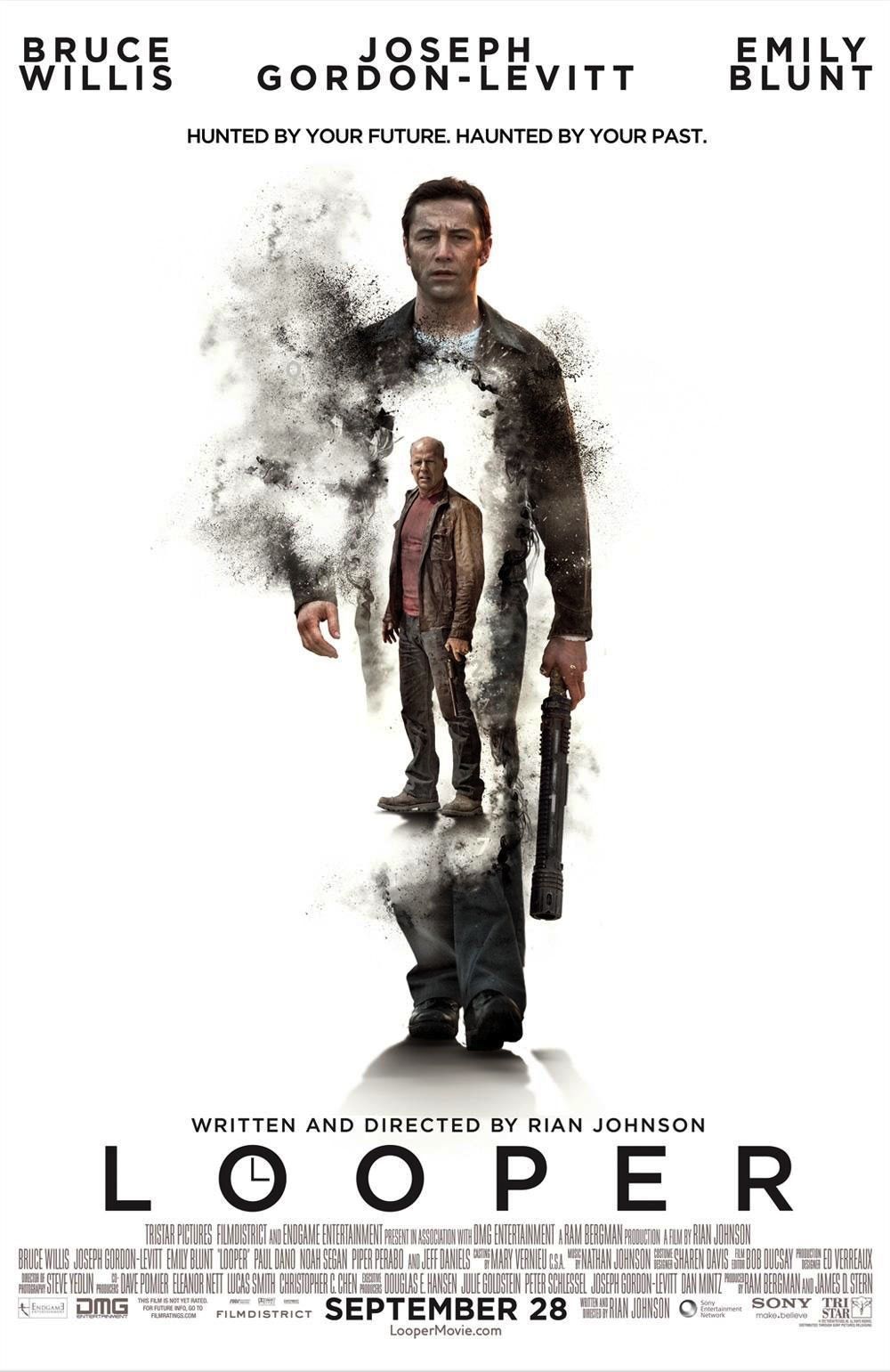
- Release Date
- September 28, 2012
- Runtime
- 118 minutes
Looper is set in 2044, when Joe (Joseph Gordon-Levitt) works as a hitman who kills people sent back from the future by crime syndicates. It’s a sweet gig until his next target turns out to be his future self (Bruce Willis). Looper’s time travel is interesting because it shows immediate cause and effect. When young Joe gets a new scar, it instantly appears on old Joe’s body. There’s no convenient time travel magic here; actions have real consequences.
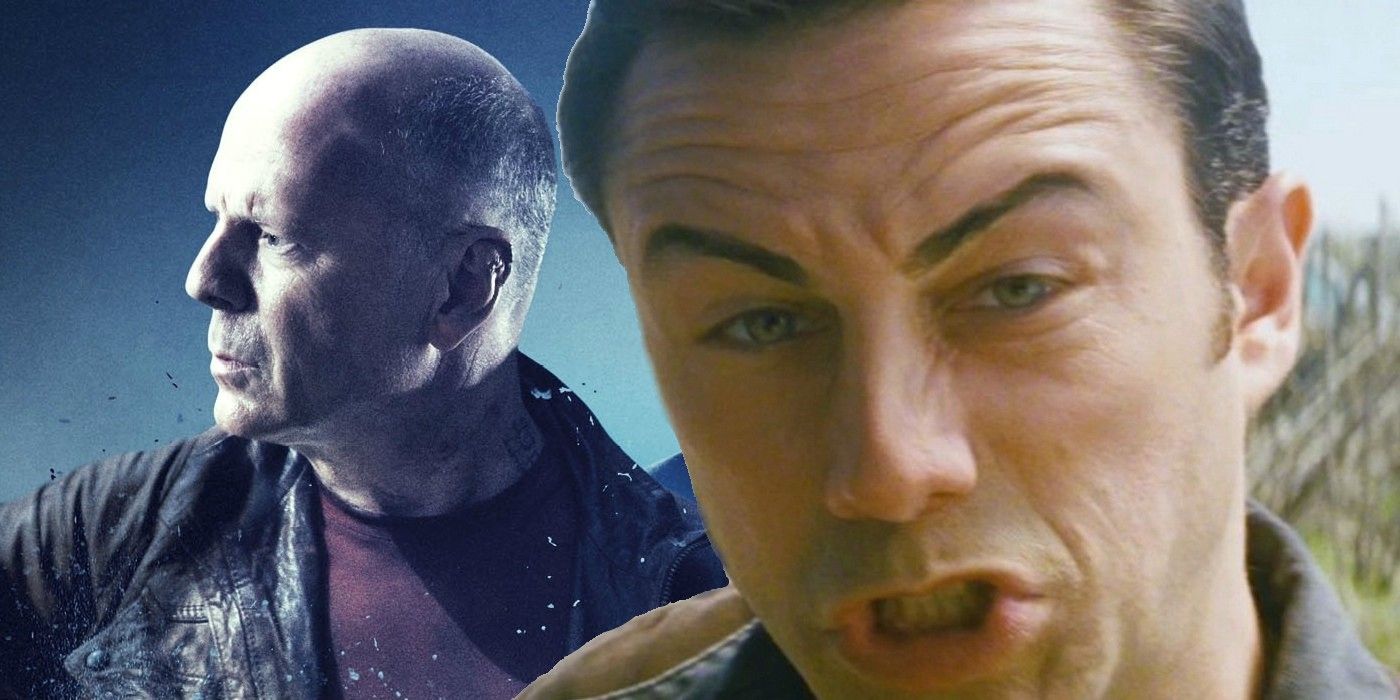
Related
How Looper Made Joseph Gordon-Levitt Look (& Sound) Like Bruce Willis
Looper sees Joseph Gordon-Levitt and Bruce Willis play younger and older versions of the same character, which involved some impressive visual tricks.
Looper sets up clear rules about how time travel works and sticks to them while creating a strong sense of mystery to engage the viewer. When characters try to use time travel to fix things, it usually makes everything worse. The whole story becomes a tense game of cat and mouse between past and future selves, with each change to the timeline having immediate, visible effects that can’t be undone.
5 Lightyear (2022)
Buzz Is Finally A Real Astronaut
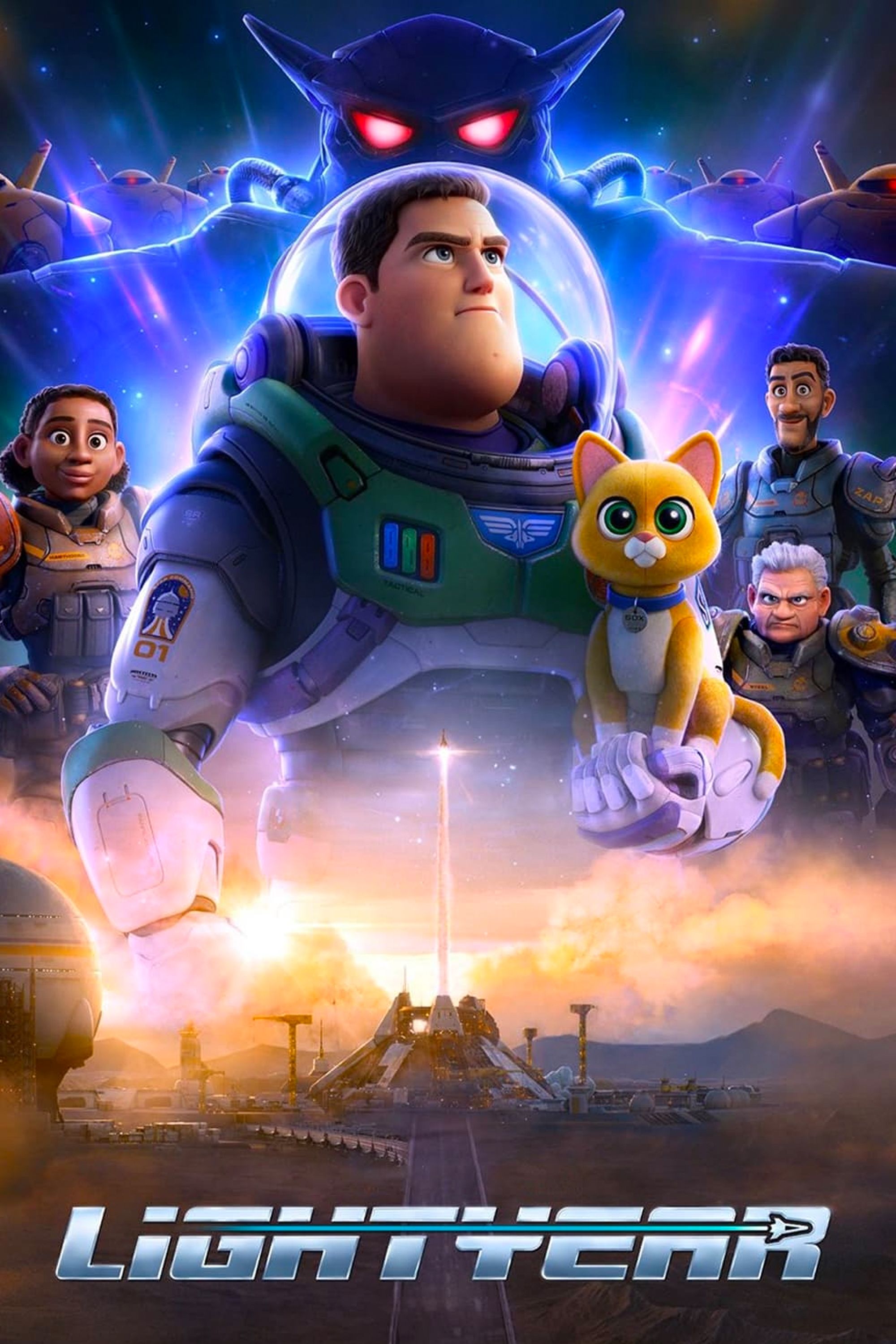
- Director
- Angus MacLane
- Release Date
- June 8, 2022
- Writers
- Jason Headley , Angus MacLane
- Runtime
- 105 Minutes
In the surprisingly smart Lightyear, Buzz Lightyear’s test flights of an experimental spacecraft demonstrate some heavy concepts about space and time. Whenever Buzz completes a test flight, he experiences just minutes while years pass back on his home base. It’s a clever way of showing how space travel could affect time, and it’s wrapped in an accessible package.
Instead of treating the time jumps like magic, the film uses them to tell a story about the cost of obsession. Every time Buzz returns from a test flight, someone else he cares about has aged years without him. The film takes real ideas about how space travel might affect time and uses them to create a genuine emotional impact rather than just cool sci-fi moments. However, it is important to mention that there was a lot of controversy surrounding this film, with Zurg actor James Brolin even suggesting it wasn’t a movie for kids.
4 Arrival (2016)
A Universal Language
When aliens land on Earth, linguist Louise Banks (Amy Adams) is tasked with learning their language. But Arrival isn’t a typical first-contact story. As Louise starts to understand their complex language, something strange happens: she begins experiencing time differently, seeing future events as if they’re happening now. The film suggests that learning to think in a completely new way might actually change how someone experiences reality, all leading up to a moment where Louise’s dying words shape the fabric of time.
The Sapir-Whorf hypothesis – the idea that language shapes perception – becomes the scientific foundation for a new way of experiencing time.
Based on Ted Chiang’s Story of Your Life, the film grounds its time manipulation in cognitive science and linguistic theory rather than technology. The Sapir-Whorf hypothesis that language shapes perception has become the scientific foundation for a new way of experiencing time. This approach transforms what could have been a standard alien contact story into a profound exploration of consciousness and temporal perception.
3 Edge of Tomorrow (2014)
Tom Cruise Dies So Many Times
“Live Die Repeat” becomes more than a tagline in the action-packed take on quantum time loops dubbed Edge of Tomorrow. When cowardly military officer Cage (Tom Cruise) gets caught in a time loop during an alien invasion, he dies many times, with each death resetting the day. But unlike many time loop narratives, Edge of Tomorrow treats this phenomenon as a scientifically explainable event related to the aliens’ biological technology and quantum mechanics.

Related
Edge of Tomorrow: How Many Times Tom Cruise’s Cage Dies In The Movie
2014’s Edge of Tomorrow proved a hit with audiences and critics, but how many times does Tom Cruise’s Cage die in the sci-fi action spectacular?
The film’s time loops operate on consistent rules drawn from quantum theory, particularly the ideas of observation and parallel timelines. Each reset follows logical principles about how consciousness might transfer between quantum states, while Cage retains muscle memory and knowledge from previous loops. This grounding in scientific concepts elevates what could have been a straightforward action film into a thoughtful exploration of quantum causality.
2 Donnie Darko (2001)
All Around Me Are Familiar Faces
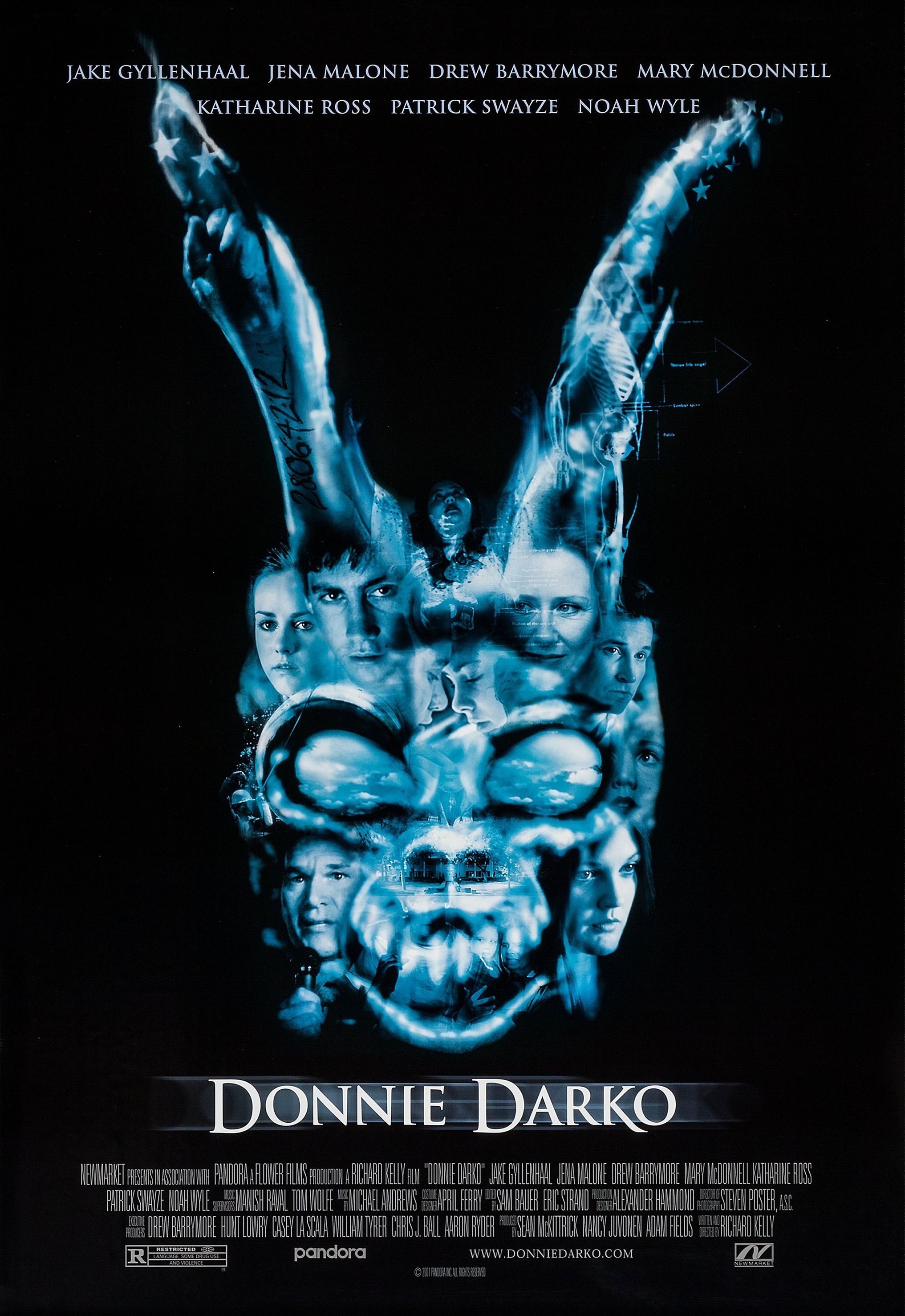
- Director
- Richard Kelly
- Release Date
- October 26, 2001
- Writers
- Richard Kelly
- Cast
- Jake Gyllenhaal , Holmes Osborne , Maggie Gyllenhaal , Daveigh Chase , Mary McDonnell , James Duval
- Runtime
- 113 minutes
What starts as a strange teen movie about a guy who sees Frank, a monster rabbit, Donnie Darko turns into a mind-bending story about parallel universes and time travel. When Donnie (Jake Gyllenhaal) mysteriously survives a jet engine crashing into his bedroom, he gets caught up in events that seem to be affecting the very fabric of reality. The film takes theories about parallel universes and wraps them in a dark coming-of-age story.
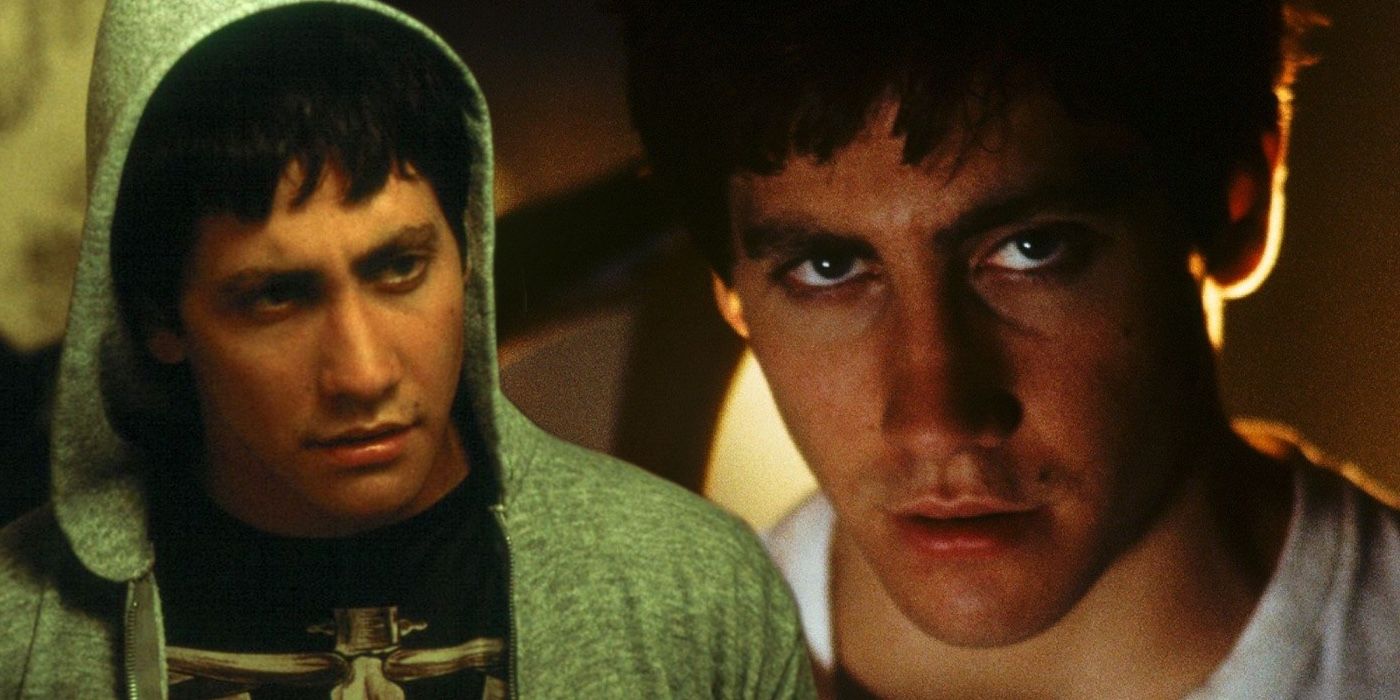
Related
Donnie Darko Explained: Timeline & Ending
Donnie Darko isn’t simply explained one way, and its confusing timeline and ending have continued to vex audiences more than two decades later.
Through Donnie’s teacher, Donnie Darko introduces a book called The Philosophy of Time Travel, establishing rules about parallel universes and why they need to be closed. While the concepts are complex, these rules give the strange events a kind of logic that makes the story more impactful. The result is a unique blend of teenage angst and cosmic horror that never feels like it’s breaking its own rules about how time works.
1 Deja Vu (2006)
In the excellent time travel movie Deja Vu, starring Denzel Washington, ATF agent Doug Carlin gets pulled into a murder investigation that’s more than it seems. The government has a secret project that can look back in time — not through recordings, but by actually watching the past unfold through a special surveillance system. As Carlin watches events from four days ago, he becomes obsessed with the possibility of saving an innocent woman he’s watched die.
Unlike most time travel movies where characters just jump back and forth through history at will, Deja Vu treats time like something that has to be carefully observed and understood before it can be changed. The story builds tension by showing how hard it is to change even recent history; every attempt to alter the past comes with a price. It’s a chase movie where time itself becomes both the tool and the enemy, making it a solid addition to the sci-fi genre.



